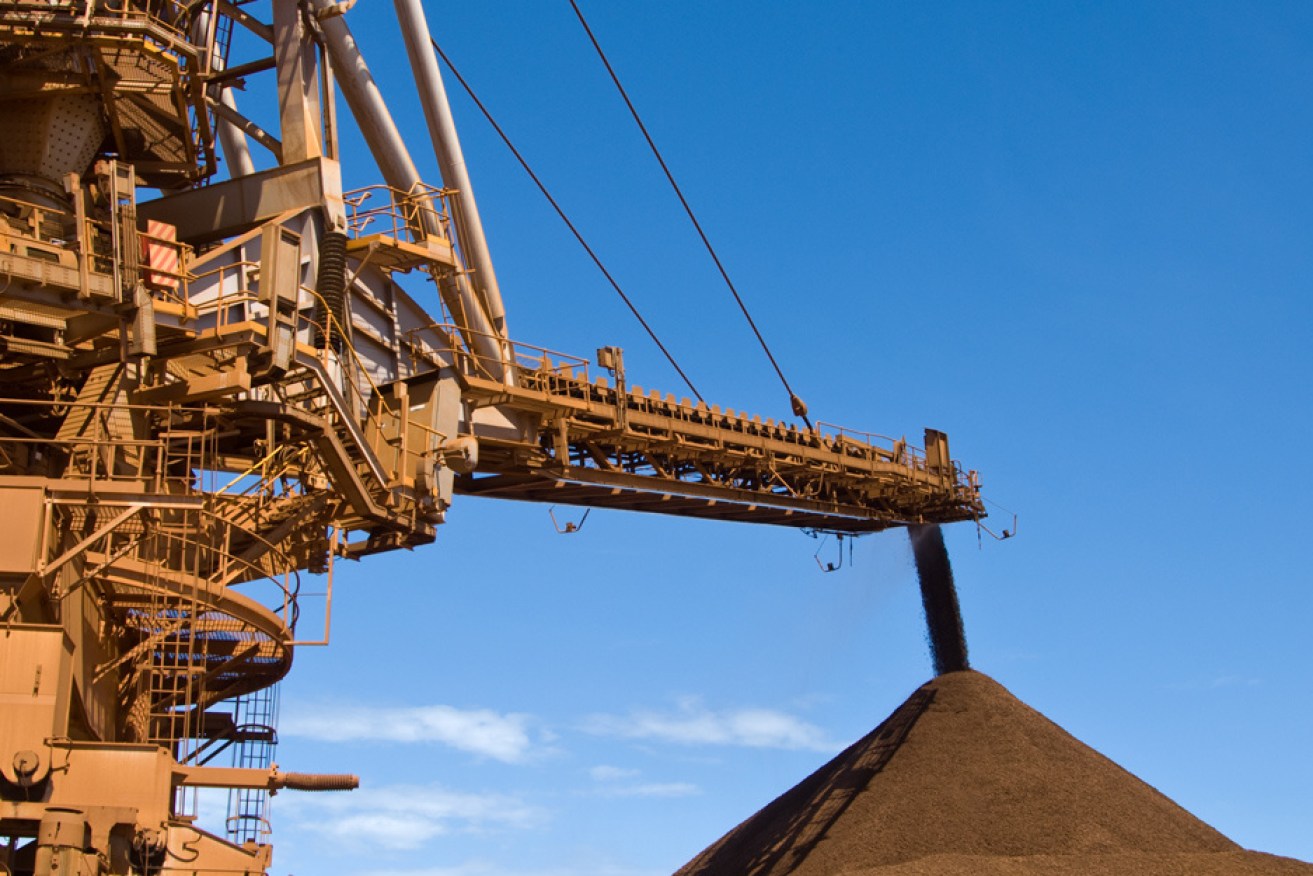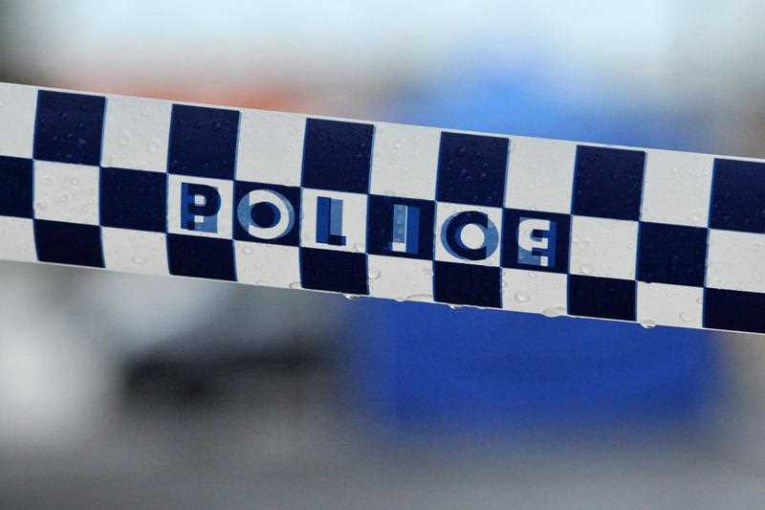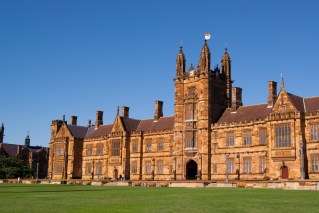Red-hot iron ore dents huge budget deficit


The economy is rebounding more strongly from recession than had been anticipated. Photo: Getty
Treasurer Josh Frydenberg is expected to hand down a modestly improved budget position when his mid-year review is released later this week.
It may be only a couple of months since he delivered his delayed 2020/21 budget, but a lot has happened in the interim.
The economy is rebounding more strongly from recession than had been anticipated, the unemployment rate looks to have peaked at a lower rate than feared, and the iron ore price is going through the roof.
“The imminent budget update should show a better bottom line,” Deloitte Access Economics’ Chris Richardson told AAP.
But Mr Richardson and other economists aren’t getting carried away by the string of positive developments.
The 2020/21 budget deficit is still likely to be around a whopping $200 billion, slightly smaller than the record $214 billion announced on October 6.
But at least it is heading in the right direction.
- Related: Federal budget super funds
- Related: Michael Pascoe federal budget
The government’s most recent monthly financial statement for October showed the budget position was $3.6 billion smaller than expected after the first four months of the financial year.
Improving employment means fewer businesses are claiming the JobKeeper wage supplement, which ANZ calculates could be around $10 billion less over the December 2020 and March 2021 quarters than the government expected.
But the potential revenue raiser is the spike in the iron ore price to a seven-year high above $US150 ($198.70) per tonne.
That compares with Treasury’s forecast of just $US55 ($72.80) per tonne for 2020/21 at the time of the budget.
“The stronger than expected iron ore price is a particularly important revenue booster, as it lifts company profits,” ANZ senior economist Cherelle Murphy says.
She says this unexpected spike in iron ore prices could add billions of dollars to the bottom line.
“Although how prices, iron ore export volumes and the Australian dollar behave through the rest of the year are also important determinants,” Ms Murphy says.
Even so, such developments will help absorb new spending initiatives since October.
These include COVID-19 vaccine manufacturing capability, which Deloitte puts at $1 billion over 12 years, and extensions to the JobSeeker coronavirus supplement ($3.2 billion this year) and HomeBuilder ($240 million).
There was also a spray of initiatives announced on Monday – from small business energy and oil refineries support measures to aviation industry and university research assistance.
The Mid-Year Economic and Fiscal Outlook, to give its formal title, is also expected to see upgrades to economic forecasts after growth rebounded by a stronger 3.3 per cent in the September quarter.
The unemployment rate is also below where Treasury had anticipated it would be by now – seven per cent rather that eight per cent.
Economists expect Thursday’s labour force report for November will show the jobless rate sticking at seven per cent.
As such, AMP Capital chief economist Shane Oliver expects growth for 2020/21 will be upgraded to flat (0.0 per cent) from a 1.5 per cent contraction, and the jobless rate revised down to seven per cent from 7.25 per cent for the financial year ending June 30, 2021.
-AAP








